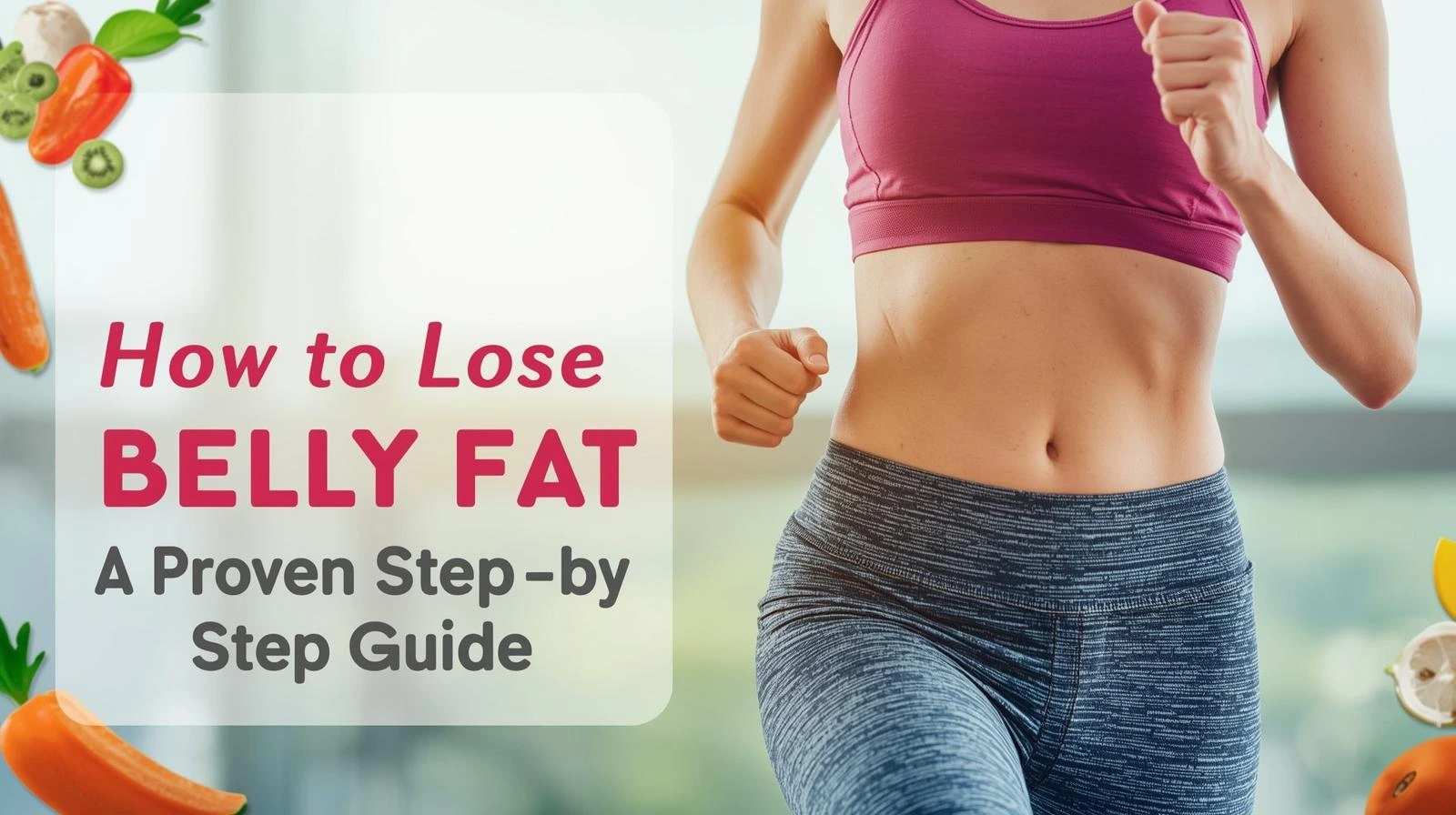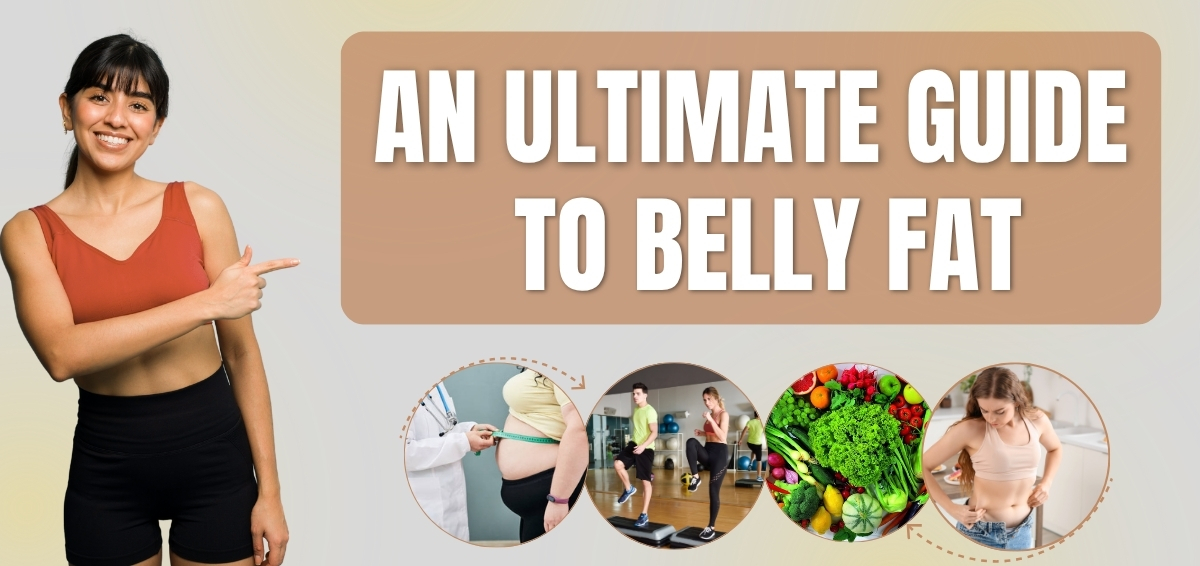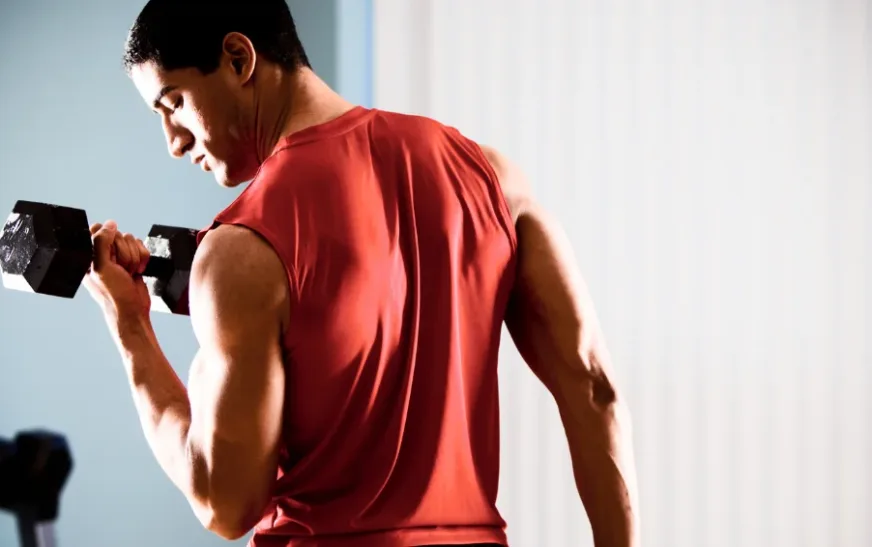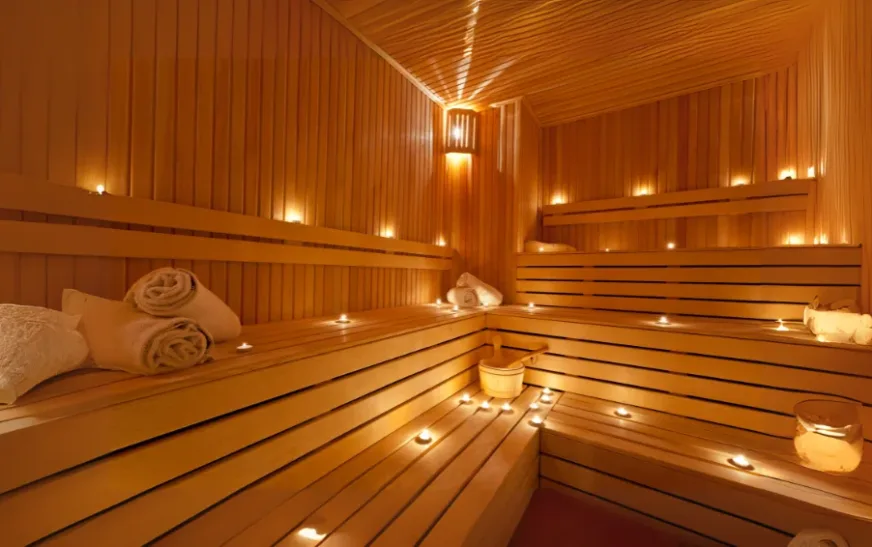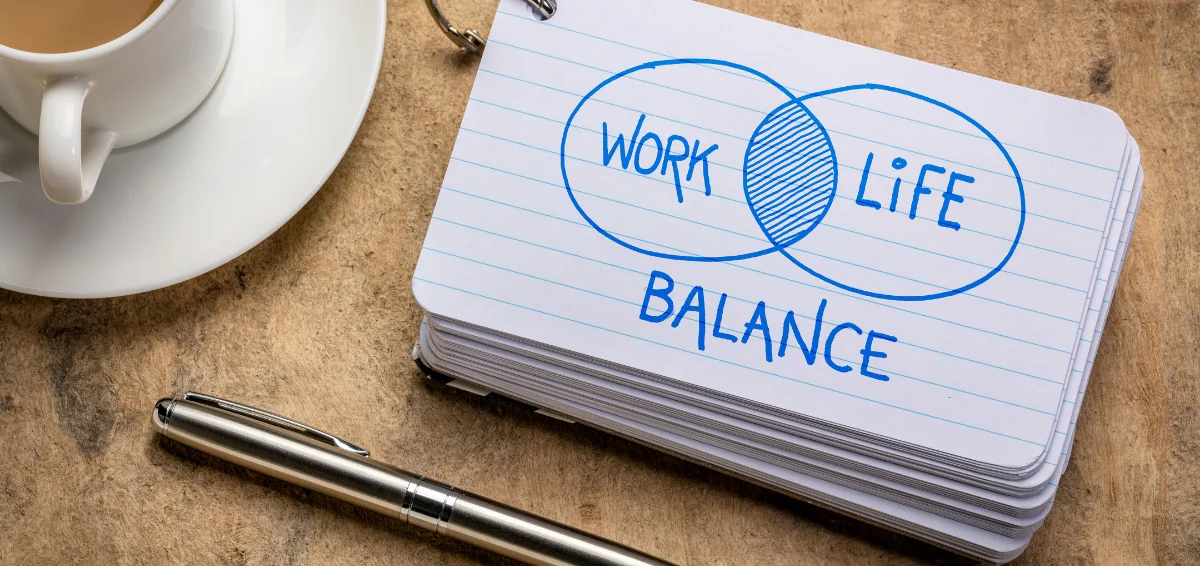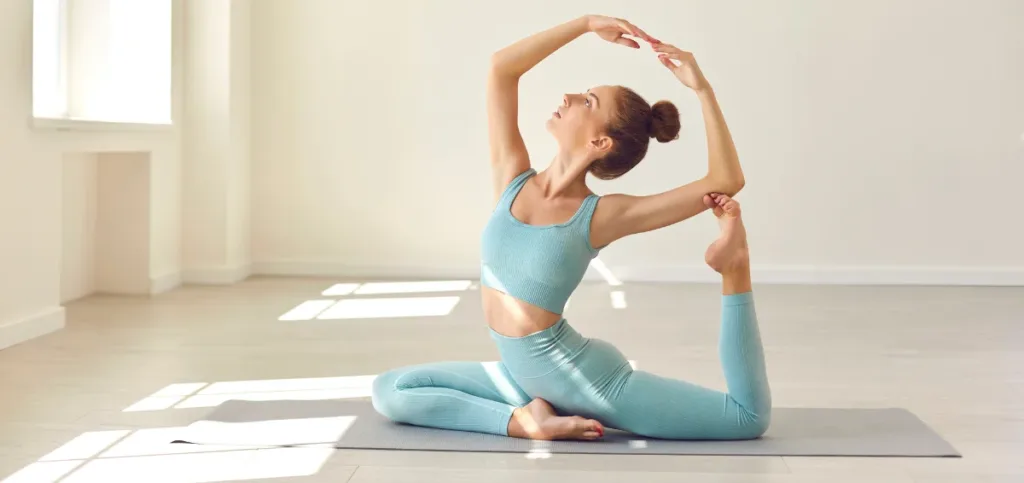
Pilates is a good start. These low-impact exercises work on your deep abdominal muscles, which further help you tone your core and improve posture. The best thing is that you don’t need any sophisticated equipment. You require some space and your body. If you are a beginner or an experienced athlete, these Pilates exercises have the potential to change your core strength.
Importance of Core Strength
Core strength refers to establishing a strong foundation in the core of your whole body. Your core involves muscles in your:
- Abdomen
- Lower back
- Hips
- Pelvis
These muscles work together to:
- Stabilise your spine
- Improve posture
- Support everyday movements
Whether you are sitting, walking, lifting, etc., your core plays a critical role in everything. It is responsible for performing all the movements with control and precision. Additionally, it helps prevent injuries, particularly in the lower back. It even raises overall balance and flexibility.
When you consistently practice Pilates exercises, you are not just toning your midsection. You are developing strength that supports your entire body. Ready to fire up your abs and feel stronger from the inside out? Let’s dive in.
12 Excellent Pilates Exercises
1. The Hundred
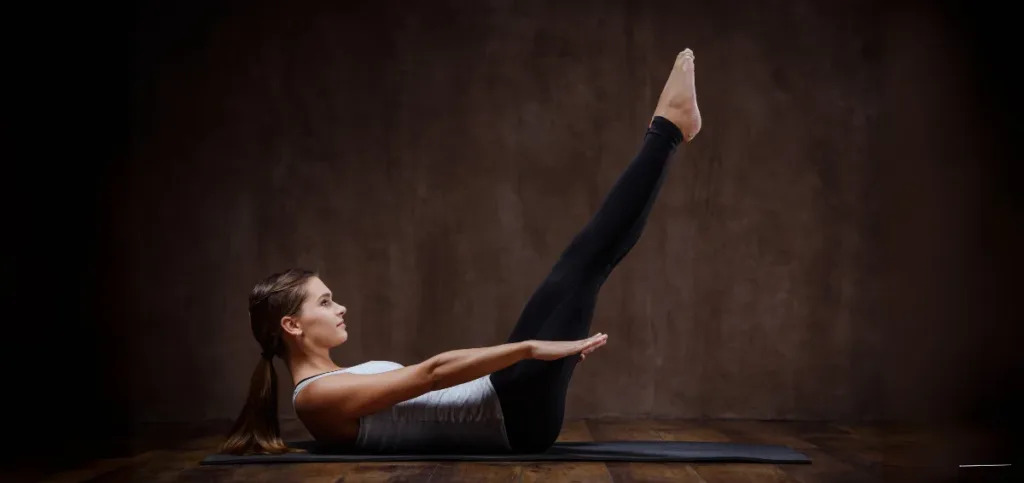
Level: Beginner
This is a classic Pilates warm-up that challenges your endurance while firing up your core. You hold a crunch position and pump your arms rhythmically, syncing breath with motion. It strengthens abdominal muscles and improves blood circulation. It sets the tone for the rest of your workout.
How to Perform It:
- Lie on your back with your knees bent and lifted like a tabletop.
- Lift your head, neck, and shoulders.
- Extend arms beside your hips, just above the mat.
- Begin pumping your arms up and down.
- Inhale for 5 beats and then exhale for 5 beats.
- Continue this until you reach 100 beats in total.
2. Single-Leg Stretch
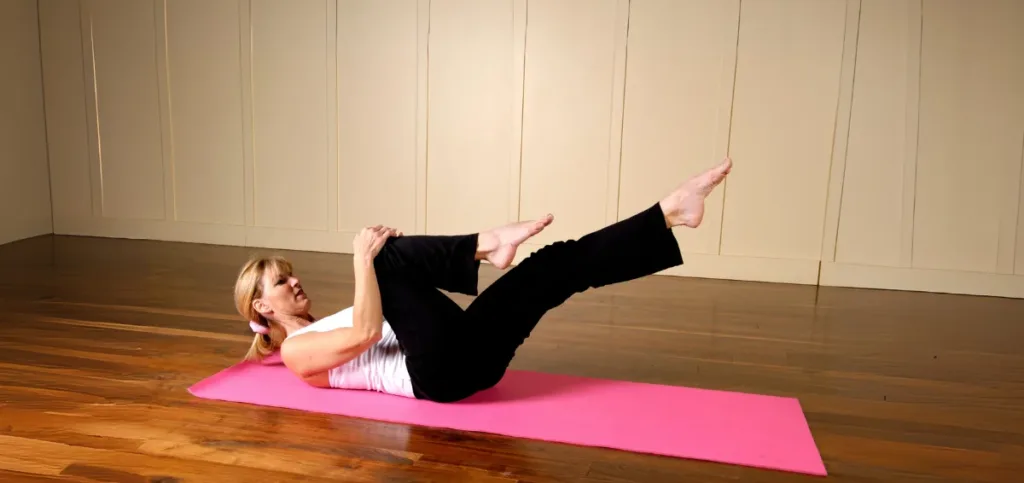
Level: Beginner
This controlled movement engages your lower abs and tests coordination. Alternating leg movement develops endurance with a stretch in your hamstrings. It conditions you to keep a neutral spine while stabilising through the core.
How to Perform It:
- Begin on your back with knees bent towards your chest.
- Raise your head, neck, and shoulders off the ground.
- Extend one leg forward at a 45° angle with the opposite knee held.
- Switch legs in a scissor motion with core engagement.
- Do 10 to 12 reps on both sides.
3. Double-Leg Stretch

Level: Beginner
It is an awesome move to train your body for coordination and stamina. Your limbs move in opposite directions, which further forces your core to stabilise your body. It’s more challenging than the single-leg version. Plus, it brings your attention to breath control.
How to Perform It:
- Lie on your back with your knees to your chest and arms reaching toward your ankles.
- Inhale and extend both legs and arms out.
- Exhale as you circle your arms around and bring your knees back in.
- Keep your head and shoulders lifted throughout.
- Do 8–10 reps.
4. Criss-Cross
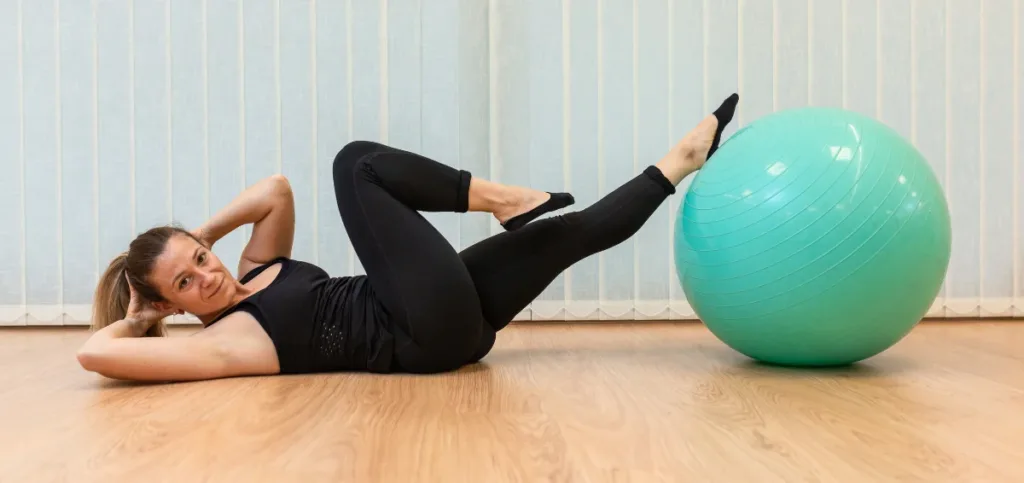
Level: Intermediate
If you want defined obliques, this move is a must. Criss-cross adds a twisting motion to a classic crunch, activating the sides of your core. It also increases your heart rate slightly, adding a cardio element.
How to Perform It:
- Lie on your back, hands behind your head.
- Bring your knees into tabletop position.
- Lift your head and shoulders off the mat.
- Rotate your torso to bring the right elbow to the left knee while extending the right leg.
- Alternate sides, twisting from the waist.
- Repeat for 10–15 reps per side.
Read More: Bodyweight Pull Exercises
5. Roll-Up
Level: Beginner
One of the best exercises for spinal articulation and full-core activation. The Roll-Up improves flexibility while teaching you how to engage your abs through controlled motion. Done correctly, one roll-up equals multiple traditional crunches.
How to Perform It:
- Lie flat with arms overhead and legs straight.
- Inhale to prepare. Exhale as you slowly roll up one vertebra at a time.
- Reach for your toes with straight arms.
- Inhale again and exhale slowly as you roll back down.
- Perform 6–8 reps.
6. Plank Leg Lift
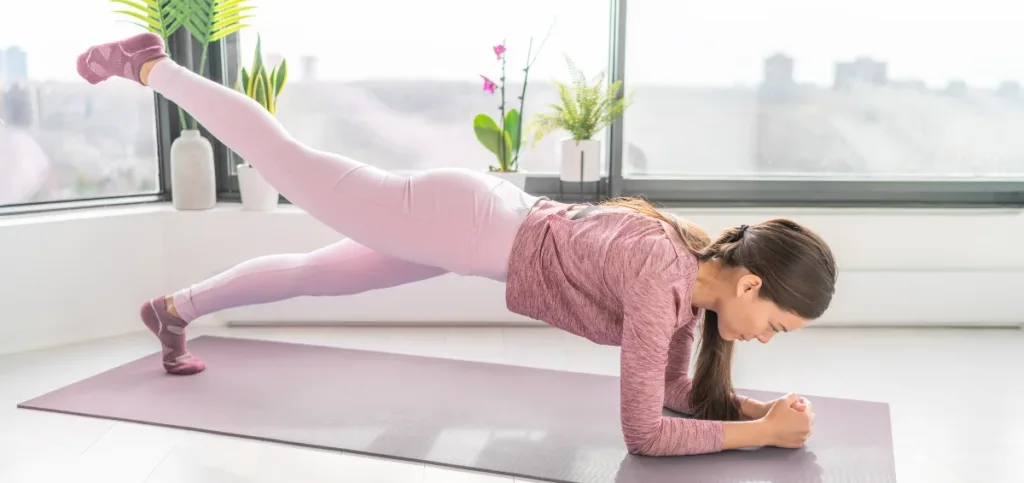
Level: Intermediate
This puts a stability test on a simple plank. As you raise a leg, your abs, glutes, and shoulders are working overtime to keep you in line.
How to Perform It:
- Start in a plank on hands and toes.
- Engage in maintaining a straight body.
- Raise one leg slowly and hold for 2–3 seconds.
- Lower it back down and repeat.
- Complete 8–10 reps on each leg.
7. Teaser
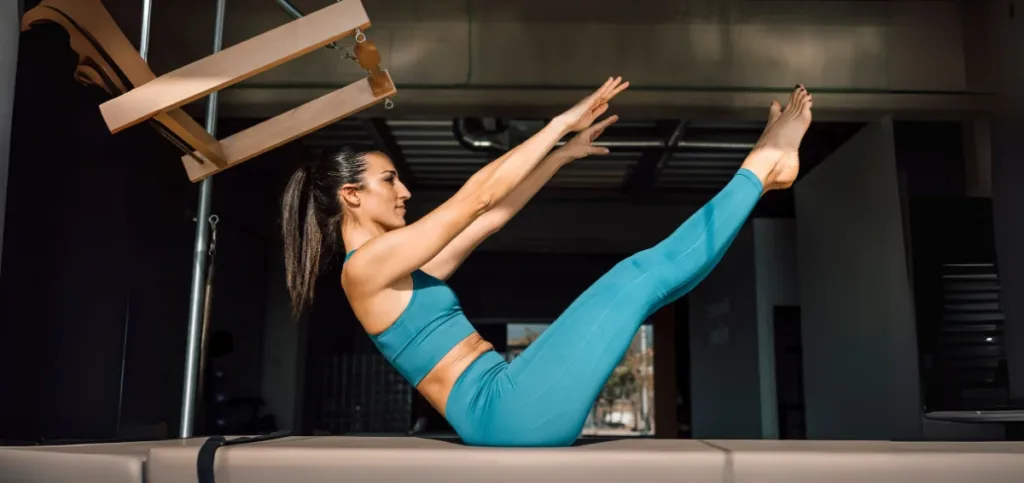
Level: Expert
It is a signature Pilates move that demands coordination, control, and strong core muscles. It’s like a V-sit with flair and takes practice to master. It activates all parts of your core.
How to Perform It:
- Lie flat with arms overhead and legs extended.
- Lift your legs and upper body to form a V-shape simultaneously.
- Reach your arms toward your toes.
- Hold briefly, then slowly lower down with control.
- Repeat for 5–8 reps.
8. Leg Circles
Level: Beginner
This exercise enhances hip rotation and tests your core to remain stable. It appears easy. But as your leg spins around, your abs have to lock up to prevent your pelvis from shaking.
How to Perform It:
- Lie on your back with one leg straight out towards the ceiling.
- Keep the other leg flat and arms at your sides.
- Circle the raised leg clockwise 5 times and counterclockwise.
- Keep your hips grounded.
- Switch legs and repeat.
9. Rolling Like A Ball
Level: Beginner
This fun and functional exercise massages the spine while building balance and coordination. It trains your body to engage the deep core muscles and maintain form through movement.
How to Perform It:
- Sit on the mat with knees bent, holding your shins.
- Lift your feet off the floor so you balance on your sit bones.
- Tuck your chin slightly and round your spine.
- Inhale and roll back onto your shoulders.
- Exhale and roll forward to the starting position without touching your feet down.
- Do 8–10 rolls.
10. Swimming
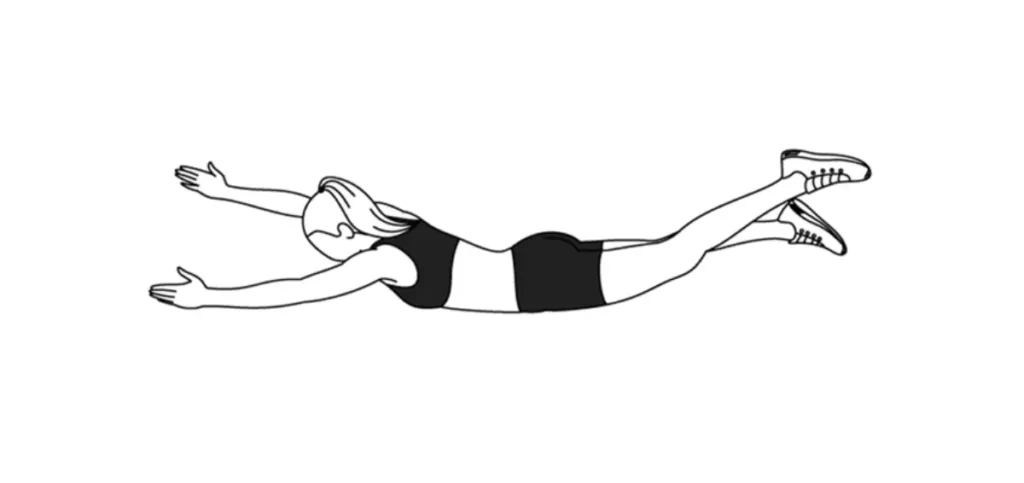
Level: Intermediate
This prone exercise works your back, glutes, and shoulders while also activating your core. It mimics the flutter kick of swimming activity in the water and helps improve posture by strengthening the posterior muscles.
How to Perform It:
- Lie on your stomach, extend your arms overhead, and straighten your legs.
- Activate your core and bring your arms, chest, and legs up off the mat.
- Alternate lifting the other arm and leg in a fluttering manner.
- Continue for 20–30 seconds with controlled breathing.
Read More: Exercises for Lower Back Pain Relief
11. Side Plank
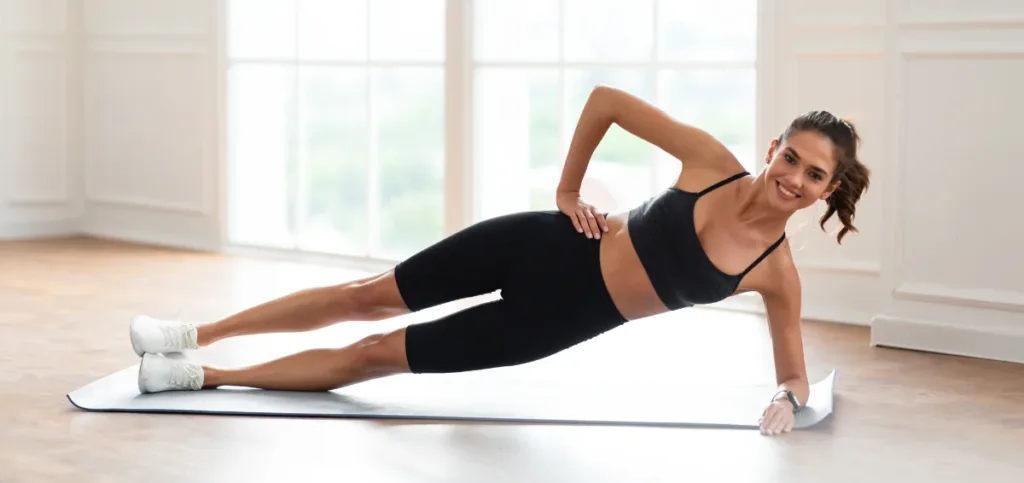
Level: Intermediate
This is a powerful oblique exercise. It also improves shoulder and hip stability. You can modify it by lowering your bottom knee or intensify it by adding leg lifts.
How to Perform It:
- Start on your side, elbow under your shoulder, and feet stacked.
- Lift your hips to form a straight line.
- Hold the position for 20 to 30 seconds.
- Switch sides and repeat everything.
- Add reps or duration as you build strength.
12. Saw
Level: Intermediate
This rotational stretch targets the obliques and hamstrings while engaging the deep abdominal muscles. It raises your spinal flexibility and strengthens the waist.
How to Perform It:
- Sit tall with legs extended wider than your hips and arms out to the sides.
- Inhale to sit tall. Exhale and rotate to the right, reaching your left hand toward your right foot.
- Pulse for three small, saw-like motions.
- Return to the center and repeat on the other side.
- Do 5 to 6 reps per side.
The Bottom Line
You can include these Pilates exercises in your weekly routine to improve your core strength, posture, and flexibility. The secret to success is consistency and form. You should start with the beginner moves and progress as your strength improves. Your core supports your spine, balance, and overall functional movement. Whether you do a full routine or mix in a few favourites each day, these movements will help you build a stronger and more centred body.


